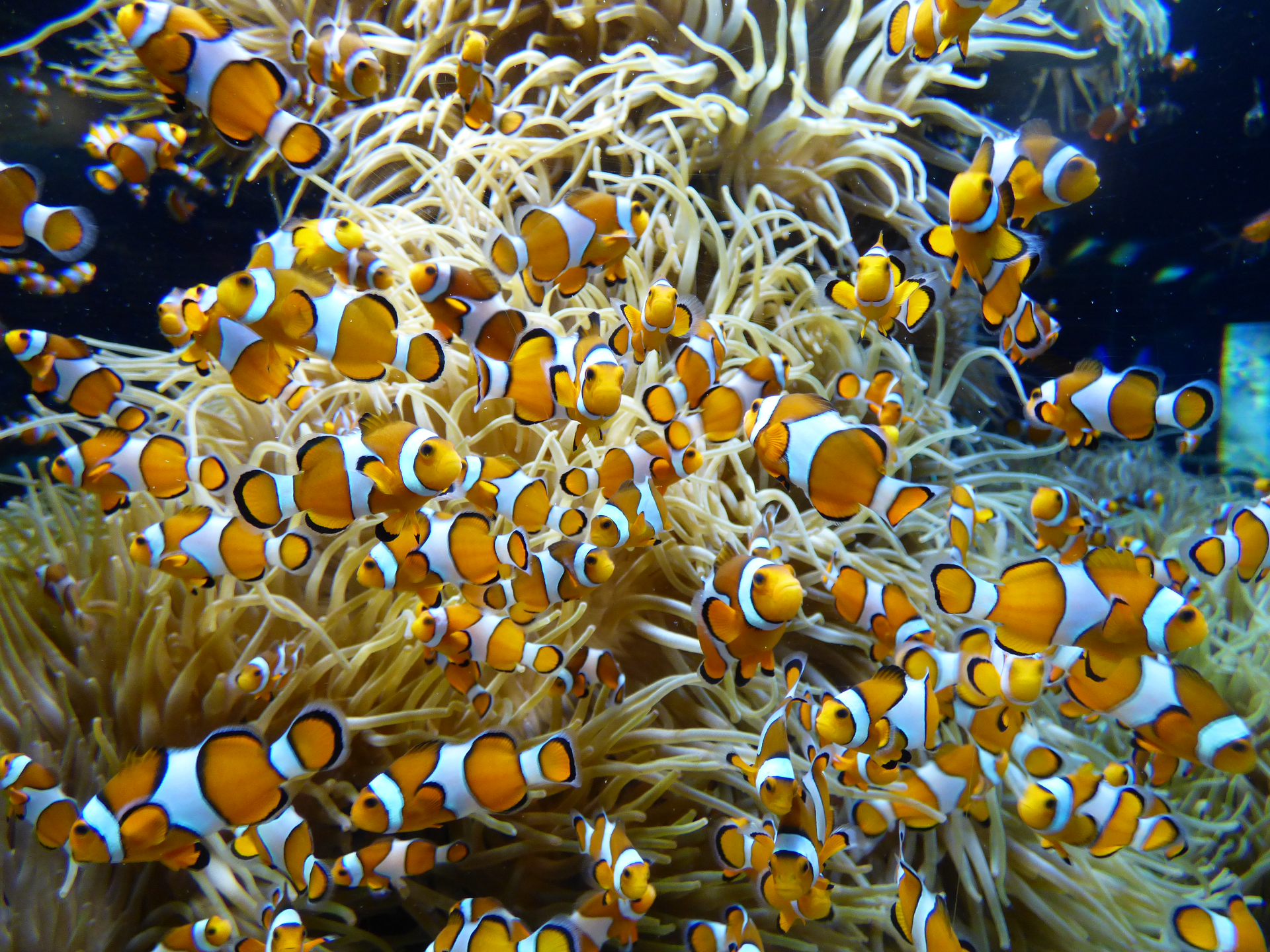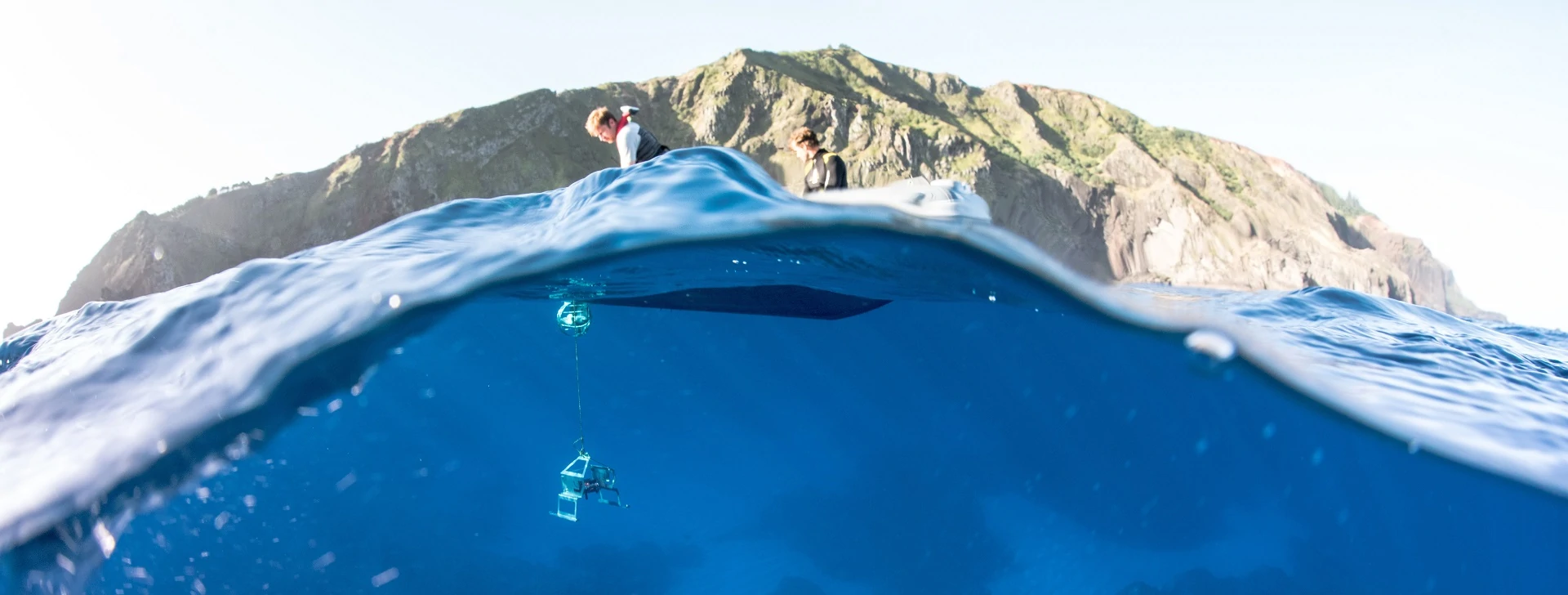Publication Abstract
- Title
-
A comprehensive survey of the applications of complex network analysis in aquaculture and capture fisheries: trends, challenges, and future directions
- Publication Abstract
-
The rapid growth of the aquaculture and capture fisheries sector has made a substantial contribution to global food security and economic development. However, the sector faces increasing complexity in managing ecological sustainability, disease control, production efficiency, and supply chain resilience. To address these challenges, some studies have adopted complex network analysis (CNA) to examine a broad range of interactions, including those among fish species, farms, environmental factors, and stakeholders, to identify ways to sustain operations. This survey provides a comprehensive review of the various applications of CNA in aquaculture and fisheries, such as the modelling of disease transmission pathways, gene co-expression networks, trade, and production networks. Following PRISMA guidelines, a systematic literature review was conducted using the Web of Science and Scopus databases. Based on the synthesis of the selected studies, four major thematic areas emerged: 1) disease spread and control, 2) ecological analysis, 3) genetic analysis, and 4) production and resource flow. Within these thematic areas, researchers used various network modelling approaches, such as disease modelling networks, gene co-expression networks, ecological interaction networks, and trade flow networks, alongside metrics like centrality measures, clustering coefficients, and modularity, to assess the structural properties of aquaculture and capture fisheries systems. The paper also highlights recurring challenges identified in the literature, including data scarcity, difficulties in validating models, and the reliance on static network models that do not account for temporal dynamics. Based on the synthesis of the reviewed studies, 1 this paper identifies future research directions, including the need to develop dynamic network models, improve data integration across disciplines, and adopt advanced computational techniques such as machine learning. These directions reflect both the limitations reported in current studies and opportunities for advancing CNA applications in aquaculture and fisheries. As the sector continues to expand to meet growing global demand, it is evident that CNA presents an opportunity to advance research and management practices. This approach addresses the sector’s pressing challenges and fosters long-term sustainability.
- Publication Authors
-
Michael-Sam Vidza , Marcin Budka , Wei Koong Chai , Mark Thrush* and Mickael Teixeira Alves*
- Publication Reference
-
PLOS One
- Publication Internet Address of the Data
- Publication Date
- Publication DOI: https://doi.org/
- Publication Citation


